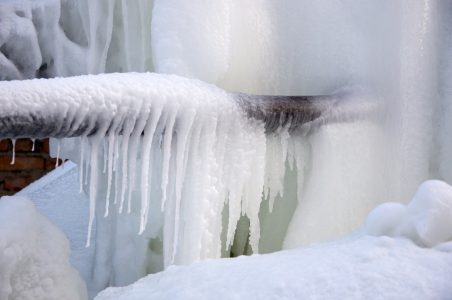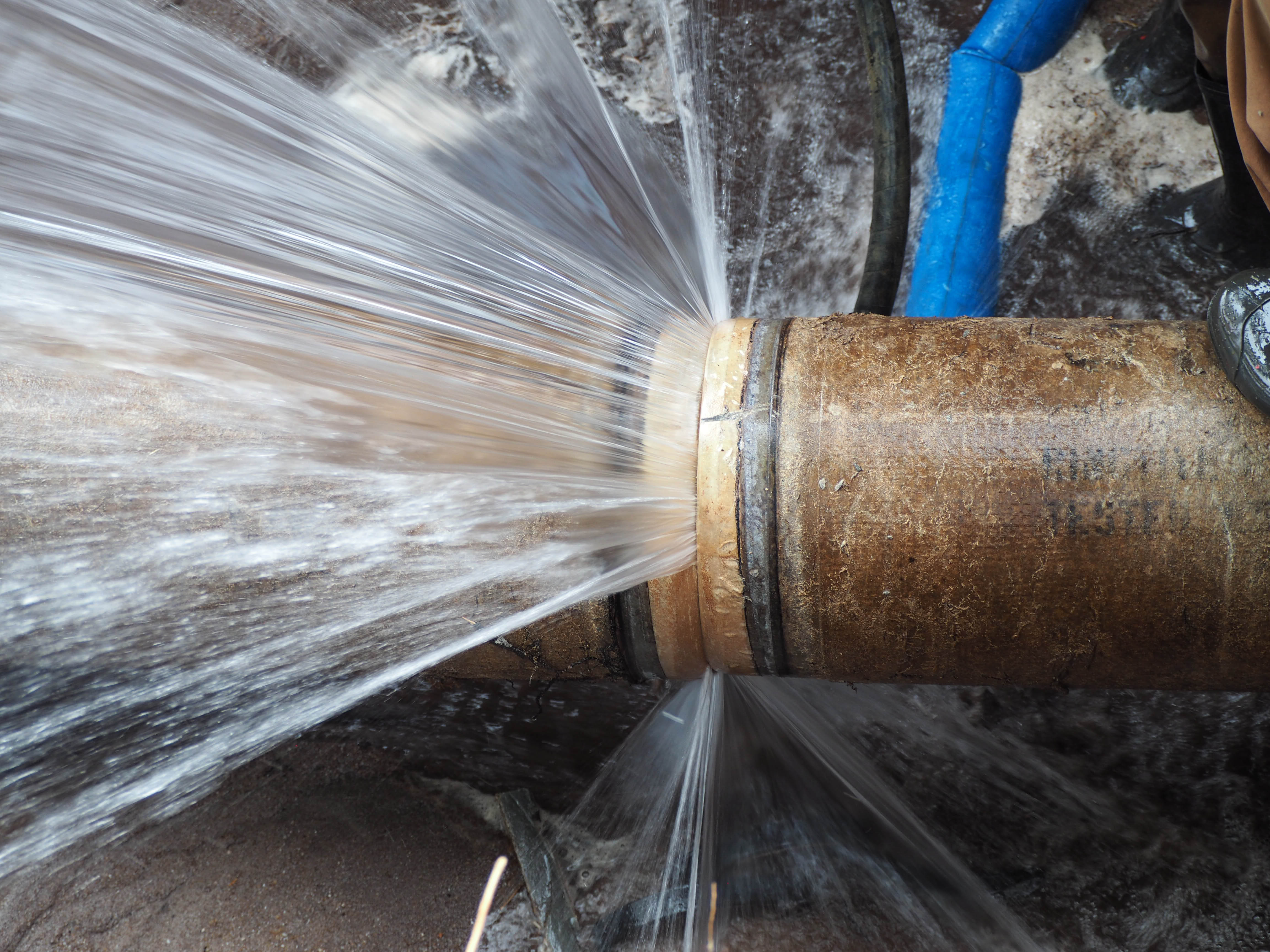Just how do you actually feel in regards to Winter Plumbing Precautions: Preventing Frozen Pipes?

Cold weather can wreak havoc on your pipes, especially by freezing pipelines. Right here's exactly how to stop it from occurring and what to do if it does.
Introduction
As temperature levels drop, the danger of frozen pipes increases, possibly leading to expensive repairs and water damages. Comprehending just how to prevent frozen pipes is essential for property owners in cold climates.
Comprehending Icy Pipelines
What triggers pipelines to freeze?
Pipes freeze when subjected to temperature levels below 32 ° F (0 ° C) for expanded periods. As water inside the pipes ices up, it broadens, putting pressure on the pipe walls and possibly creating them to break.
Dangers and problems
Icy pipelines can bring about water supply disturbances, home damage, and costly repair work. Burst pipelines can flood homes and trigger extensive architectural damage.
Signs of Frozen Water Lines
Recognizing frozen pipelines early can prevent them from breaking.
Just how to determine icy pipes
Seek decreased water circulation from taps, unusual smells or noises from pipes, and noticeable frost on exposed pipelines.
Avoidance Tips
Protecting prone pipelines
Cover pipelines in insulation sleeves or make use of heat tape to shield them from freezing temperatures. Focus on pipes in unheated or outside areas of the home.
Home heating strategies
Maintain interior spaces effectively heated up, particularly areas with pipes. Open closet doors to enable warm air to flow around pipes under sinks.
Safeguarding Exterior Plumbing
Yard hose pipes and outside taps
Separate and drain pipes garden hoses prior to winter season. Install frost-proof faucets or cover outside taps with protected caps.
What to Do If Your Pipelines Freeze
Immediate actions to take
If you believe frozen pipes, maintain faucets open up to soothe pressure as the ice melts. Make use of a hairdryer or towels soaked in hot water to thaw pipelines slowly.
Long-Term Solutions
Architectural adjustments
Take into consideration rerouting pipelines away from exterior wall surfaces or unheated areas. Add additional insulation to attic rooms, cellars, and crawl spaces.
Upgrading insulation
Buy top quality insulation for pipes, attics, and wall surfaces. Proper insulation aids keep regular temperatures and decreases the danger of frozen pipes.
Conclusion
Avoiding frozen pipelines calls for positive measures and quick reactions. By understanding the causes, signs, and safety nets, home owners can shield their pipes during winter.
5 Ways to Prevent Frozen Pipes
Drain Outdoor Faucets and Disconnect Hoses
First, close the shut-off valve that controls the flow of water in the pipe to your outdoor faucet. Then, head outside to disconnect and drain your hose and open the outdoor faucet to allow the water to completely drain out of the line. Turn off the faucet when done. Finally, head back to the shut-off valve and drain the remaining water inside the pipe into a bucket or container. Additionally, if you have a home irrigation system, you should consider hiring an expert to clear the system of water each year.
Insulate Pipes
One of the best and most cost-effective methods for preventing frozen water pipes is to wrap your pipes with insulation. This is especially important for areas in your home that aren’t exposed to heat, such as an attic. We suggest using foam sleeves, which can typically be found at your local hardware store.
Keep Heat Running at 65
Your pipes are located inside your walls, and the temperature there is much colder than the rest of the house. To prevent your pipes from freezing, The Insurance Information Institute suggests that you keep your home heated to at least 65 degrees, even when traveling. You may want to invest in smart devices that can keep an eye on the temperature in your home while you’re away.
Leave Water Dripping
Moving water — even a small trickle — can prevent ice from forming inside your pipes. When freezing temps are imminent, start a drip of water from all faucets that serve exposed pipes. Leaving a few faucets running will also help relieve pressure inside the pipes and help prevent a rupture if the water inside freezes.
Open Cupboard Doors
Warm your kitchen and bathroom pipes by opening cupboards and vanities. You should also leave your interior doors ajar to help warm air circulate evenly throughout your home.

As a keen person who reads on Winter Plumbing Precautions: Preventing Frozen Pipes, I figured sharing that piece of content was essential. Sharing is caring. You just don't know, you could be helping someone out. Kudos for your time. Don't hesitate to check our website back soon.
Call Today